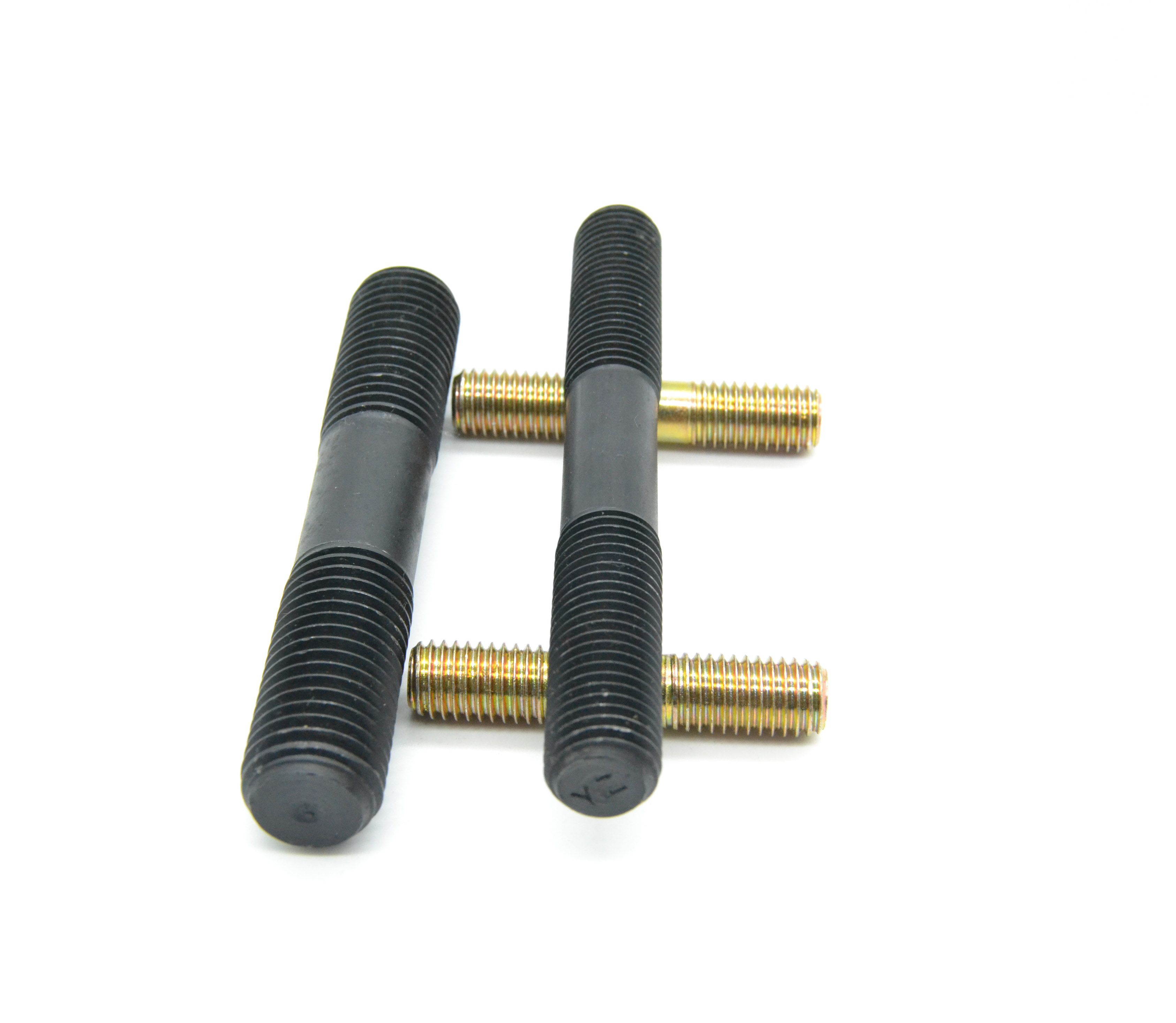machine bolt and stud bolt
Sep . 25, 2024 19:54 Back to list
machine bolt and stud bolt
Understanding Machine Bolts and Stud Bolts An In-Depth Overview
In the world of construction and engineering, fasteners play a critical role in ensuring the reliability and integrity of structures and machinery. Among these fasteners, machine bolts and stud bolts are two of the most commonly used types. While they serve similar purposes, there are distinct differences between them, which can determine their application in various projects.
What are Machine Bolts?
Machine bolts are standardized fasteners that are typically used to join metal parts together. They are characterized by their threaded body, head, and the fact that they are often used with a nut. Machine bolts come in various sizes, lengths, and grades, making them suitable for a wide array of applications, including automotive, aerospace, and construction industries.
The main components of a machine bolt include
1. Head The top part of the bolt, often hexagonal in shape, which provides a surface for the wrench or socket to grip during installation. 2. Shank The cylindrical part of the bolt that is threaded and is designed to pass through the materials being joined. 3. Thread The helical ridge wrapped around the shank that allows the bolt to be screwed into a nut or tapped hole, providing a mechanical lock.
Machine bolts typically function by being inserted through pre-drilled holes in the parts being assembled. A nut is then placed on the threaded end and tightened to secure the materials in place. They are primarily used in situations where disassembly is anticipated, allowing for easy replacements and repairs.
What are Stud Bolts?
machine bolt and stud bolt

In contrast, stud bolts do not have a head. Instead, they consist of a piece of threaded rod, often with threads on both ends, allowing them to be embedded in one part while the other end is fastened with a nut. Stud bolts are primarily used in high-stress applications where the bolt must withstand significant loads.
Key characteristics of stud bolts include
1. Dual Threading Stud bolts have threads on both ends, allowing them to be anchored into one component while connecting another component using a nut or a similar fastening device. 2. Lack of Head The absence of a head allows for a more streamlined profile, making stud bolts ideal for tight spaces and applications requiring high-precision installations. 3. Versatility Stud bolts can accommodate larger loads and are used in various industries, particularly in piping and structural connections, where strength and reliability are paramount.
Applications and Comparisons
Both machine bolts and stud bolts have unique applications that make them indispensable in various industries.
- Machine Bolts Ideal for applications where components need to be frequently assembled or disassembled, such as in machinery, automotive sectors, and structural applications. They are often used in equipment that requires parts to be replaced or maintained regularly. - Stud Bolts These are preferred in high-pressure and high-temperature applications, such as in pipeline construction and flanged connections. Their ability to provide a strong, secure hold without the bulkiness of a head makes them suitable for environments where space is limited.
In conclusion, understanding the differences and applications of machine bolts and stud bolts is vital for engineers, contractors, and manufacturers alike. Choosing the right type of fastener can significantly impact the efficiency, safety, and longevity of a project. Whether it is a machine bolt providing ease of assembly or a stud bolt delivering robust support under heavy loads, each type has its place in the ever-evolving landscape of engineering and construction. As technology advances and materials evolve, the importance of these fasteners remains a cornerstone of mechanical design and construction methodology.
Latest news
-
High-Quality Panel Stud Bolt Reliable Panel Stud Bolt Factory & Suppliers
NewsJul.08,2025
-
High-Precision Fine Thread Locknuts Manufacturer & Supplier Custom Solutions
NewsJul.08,2025
-
PH Imperial Stud Bolt – High Strength Fasteners from Leading Supplier & Factory
NewsJul.07,2025
-
High-Quality Allen Wrench Bolts Leading Factory, Company & Suppliers
NewsJul.07,2025
-
Wholesale Ball Stud Bolt - High Quality Supplier & Factory Price Reliable Wholesale Ball Stud Bolt Company
NewsJul.06,2025
-
High-Strength Alloy Bolts Manufacturer & Supplier Quality Alloy Fasteners Factory
NewsJul.06,2025
